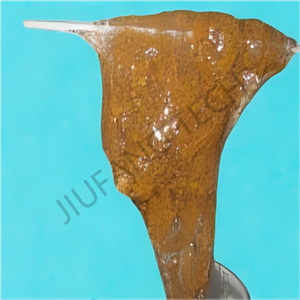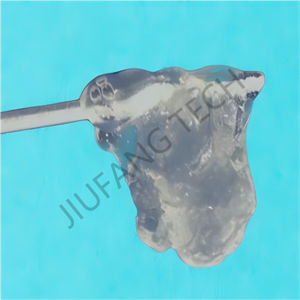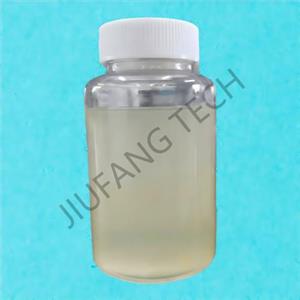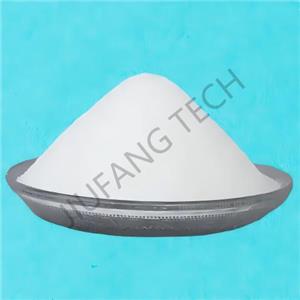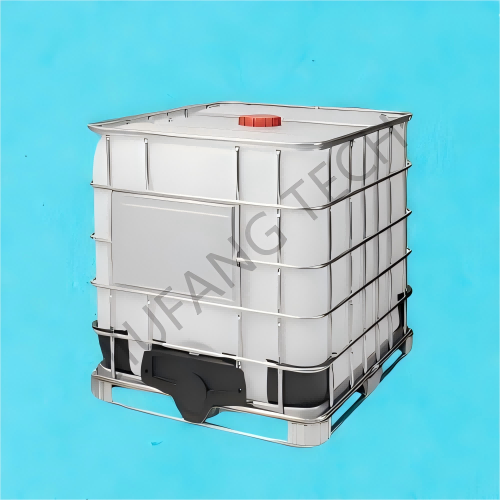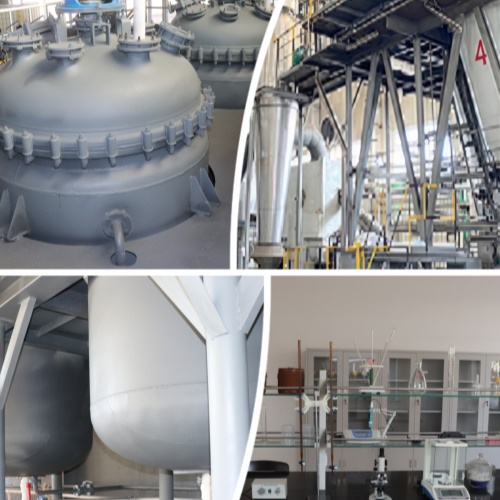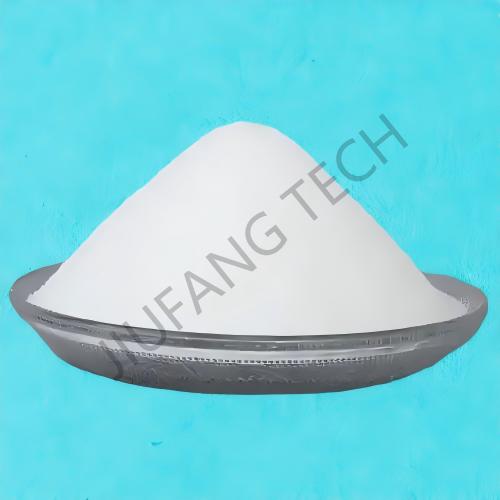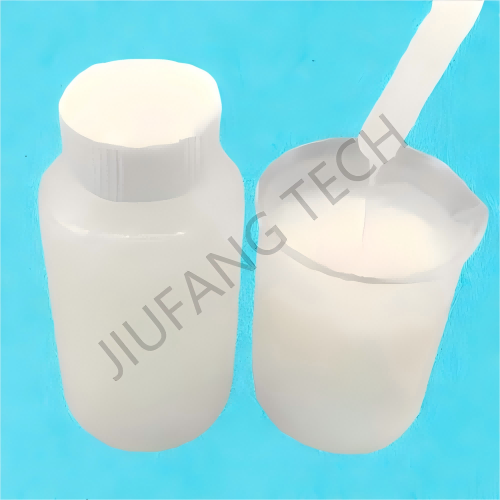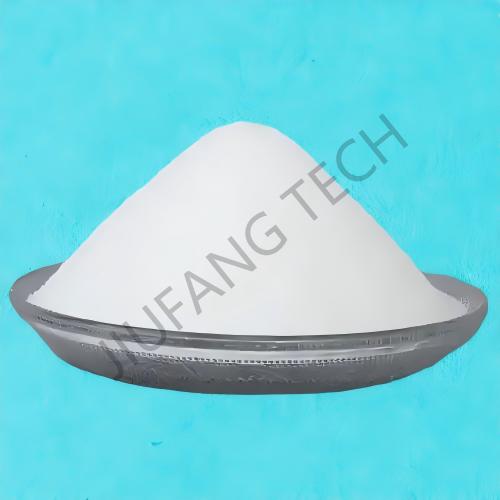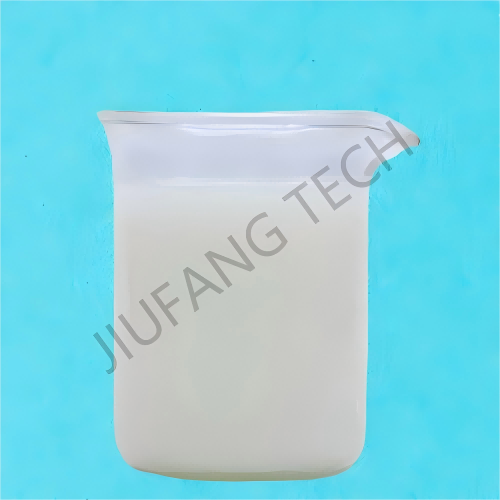
Anionic Polyacrylamide Emulsion For Sludge Treatment
Brand Jiufang
Product origin Shenyang
Delivery time Lead time: 7days
Supply capacity 2000Metric Tons per Month
Polyacrylamide anionic emulsion for sludge treatment or anionic for sludge treatment is normally means dewater the sludge in some special processes, such as to treat the physicochemical sludge. Polyacrylamide anionic for sludge treatment is used for dewatering in mining or scum of DAF.
Download
Sludge uses anionic PAM for dewatering treatment normally means dewatering for minging or some scum of DAF. Because using polyacrylamide for sludge dewatering treatment is suitable for physicochemical sludge.
Compared to dewatering biochemical treatment sludge using cationic polyacrylamide, it is uesd for polyacrylamide anionic for sludge dewatering treatment in pretreatment processes. This is the reason that physicochemical sludge carries a positive charge and needs to be dewater in anionic for sludge treatment.
To treat sludge uses anionic PAM in jar test is the key link for dewatering treatment. The correct polyacrylamide anionic for dewatering is economical way for the dewatering process. Polyacrylamide anionic for sludge treatment is a kind of emulsion substance made from acrylamide with others materials after polymerization treatment.
The chemical formula of Sludge uses anionic PAM is (C3H5NO)n and the appearance of polyacrylamide for sludge treatment is white emulsion. The content of anionic for sludge treatment is 40%, the molecular weight is 15~30,the specific granvity is 1.0 and the pH value (1 % aqueous solution) is 6.5~7.5.
When inorganic flocculants (such as polyaluminium chloride, polyferric sulfate, etc.) are used in combination with anionic polyacrylamide for sludge (polyacrylamide anionic) powder, the "coagulation flocculation" synergistic effect can bring about the following remarkable advantages:
1. Enhanced Flocculation Efficiency and Strengthened Solid Liquid Separation
Inorganic flocculants can rapidly neutralize the surface charges of colloidal particles in sewage through hydrolysis to generate polynuclear hydroxy complexes (destabilization), forming tiny flocs (coagulation effect). As a polymer flocculant, polyacrylamide anionic can connect these tiny flocs into larger and more compact flocculates through the adsorption bridging effect of its long chain molecules, accelerating the sedimentation or flotation speed and significantly improving the solid liquid separation efficiency.
2. Reduction in Total Dosage of Agents and Cost Saving
When using inorganic flocculants alone, a relatively large dosage is required to form effective flocs, and it is likely to lead to an increase in the amount of sludge. When using anionic for sludage treatment alone, the flocculation effect is limited because it is difficult to directly neutralize the charges of colloids. When the two are used in combination, the inorganic flocculant is responsible for destabilization and polyacrylamide for sludge for bridging. Under the synergistic effect, the dosage of each can be significantly reduced, thereby reducing the total cost of agents and the subsequent burden of sludge treatment.
3. Improved Floc Properties and Adaptability to Complex Water Quality
The flocs formed by the combined use have a larger particle size, higher density, better mechanical strength, are not easily broken, and have strong shear resistance. This is especially suitable for sewage with high turbidity and complex suspended particles, such as industrial wastewater and municipal sewage. At the same time, it can reduce the problem of "over dosage" caused by the use of a single agent (for example, excessive inorganic flocculants leading to residual metal ions in the effluent).
4. Enhanced Effluent Quality and Reduced Pressure on Subsequent Treatment
The synergistic effect can more thoroughly remove suspended particles, colloidal substances, and some organic matter in the sewage, reducing the turbidity and COD of the effluent and providing better influent conditions for subsequent biochemical treatment or advanced treatment.
In summary, the combined use of the two can fully utilize the synergistic effect of the "charge neutralization" of inorganic flocculants and the "adsorption bridging" of polyacrylamide for sludge. While improving the treatment effect, it also reduces costs, making it a commonly used and highly efficient combination scheme in sewage treatment.
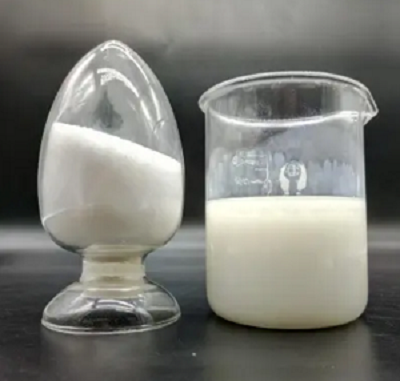
Industry-specific attributes:
| Name | Polyacrylamide anionic for sludge | |||
| Application | Polyacrylamide for sludge | |||
| CAS NO. | 9003-05-8 | |||
Other Attributes:
| Appearance | Milky,White Viscous Emulsion | |||
| Solid Content | 40% | |||
| Molecular Weight10*6 | 15~30 | |||
| Specific Granvity(25℃) | 1.0 | |||
| Insoluble Substance(%) | 0.1 | |||
| PH Value | 6.5~7.5 | |||
| Dissolving Time,min | <30 | |||
| Anionic charge | 30% | |||
| Storage Temperature,℃ | 0~35 | |||
| Shelf Life,month | 12 | |||
Supply Ability:
| Supply Ability | 2000Metric Tons per Month | |||
Lead Time:
| Quantity(kilograms) | 1~50 | >50 | |
| Lead Time(days) | 7 | negotiated | |

